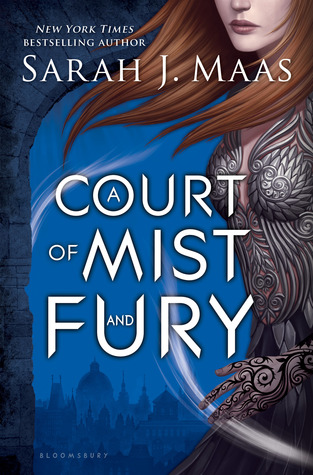I "recommend" this book to you with many reservations; perhaps it is more accurate to say that I bring it to your attention rather than actually recommend it. I disliked this book from the beginning, and found it to be an emotionally gruelling read in every sense. I felt completely wrung out by the ending, and I couldn't sleep for thinking about it. I cannot say that it has any literary qualities, either, unless you count a brutal realism. I do not think it reflects the reality of all 18 year olds - which is the age of protagonist Emma O' Donovan - but I suspect it will be realistic for many young adults. Yes, this book is deeply disturbing; but then so is the issue that it is unflinchingly describes.
Other Young Adult books have tackled the subject of rape - Laurie Halse Anderson's Speak comes to mind - but I don't think any book has been brave enough to set up its victim in every possible way, and still bring home its point. The really provocative thing that Irish author Louise O'Neill does is create an unsympathetic protagonist, and then demonstrate that no woman or young girl deserves her fate. Emma O' Donovan is the town beauty - the town being Ballinatoon, Ireland - who has traded on her beauty all her life. She is vain and superficial; she doesn't treat her friends particularly well; and she enjoys the power over boys/men that her face and figure give her. Listening to Emma's internal dialogue was like fingernails on a chalkboard for me (ie, deeply grating). But even at her most unlikeable, Emma is still only 18, and still insecure and vulnerable at her core. Her beauty is a double-edged sword after all, and that she fears that no one - not even her mother - sees her as having any other value.
So Emma goes to a party: she dresses provocatively, she drinks too much on an empty stomach, she takes drugs in order to appear cool, she flirts with a man, not because she is really attracted to him, but because she wants to make someone else jealous, and she loses control of the situation. What happens next is clear-cut rape, and yet almost no one - including Emma - wants to call it what it is. This story is one big set-up of "blaming the victim," and the author is quite adroit at showing the reader why we still do blame the victim in what is supposed to be a more enlightened, less mysogonistic age. Social media plays a role, too, and Emma is further humiliated and victimised by Facebook. Her case then becomes a "cause celebre" in Ireland, and her privacy is violated again and again.
For much of the novel, Emma is too immersed in her own sense of shame and humiliation to even feel righteously angry on her own behalf. As much as I disliked this novel, I do admire the author's bravery and willingness to draw attention to a deeply rooted cultural problem. Sexual assaults and rapes are rarely prosecuted, or even reported, and female victims are still very likely to be blamed - and to blame themselves. This book is deeply discomfiting, but it is thought-provoking, too - and will probably be eye-opening for those who undergo the ordeal of reading it.
Click icon for more
book review blogs
@Barrie Summy
book review blogs
@Barrie Summy






